
Mastering QlikView
¥107.90
If you are a business application developer or a system analyst who has learned QlikView and Qlik Sense and now want to take your learning to a higher level, then this book is for you. It is assumed that you are aware of the fundamentals of QlikView and have working knowledge of development and in-memory analytics.
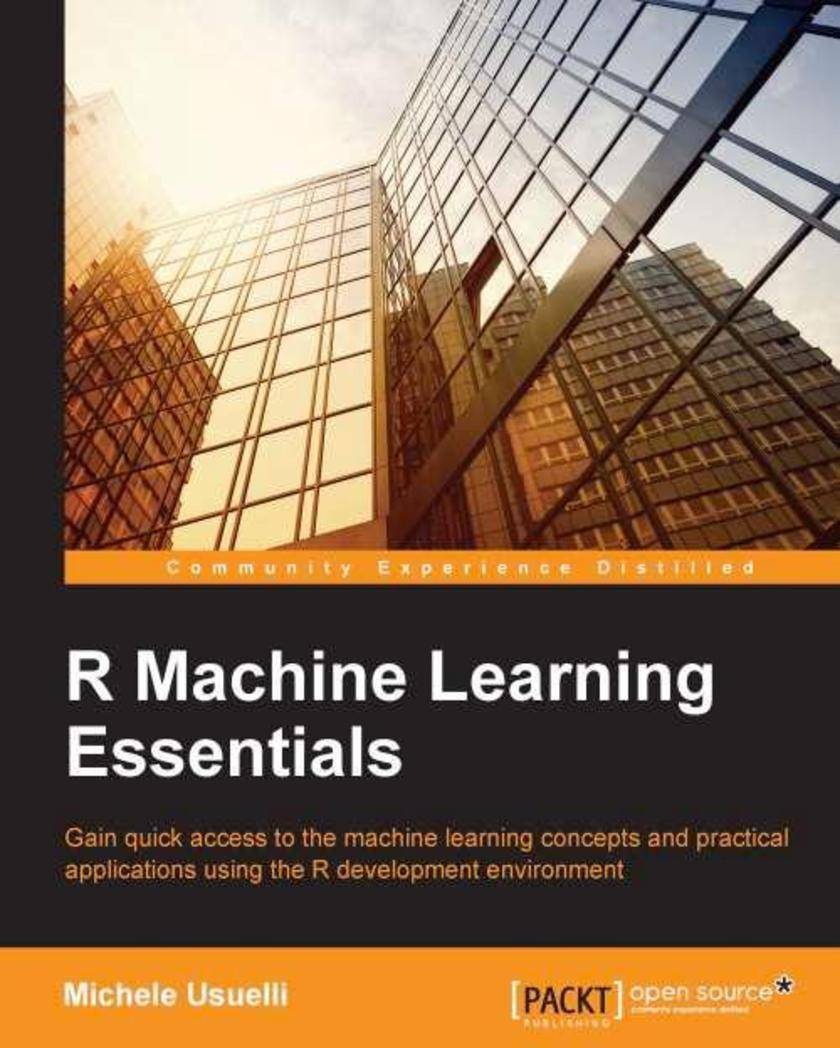
R Machine Learning Essentials
¥71.93
If you want to learn how to develop effective machine learning solutions to your business problems in R, this book is for you. It would be helpful to have a bit of familiarity with basic object-oriented programming concepts, but no prior experience is required.
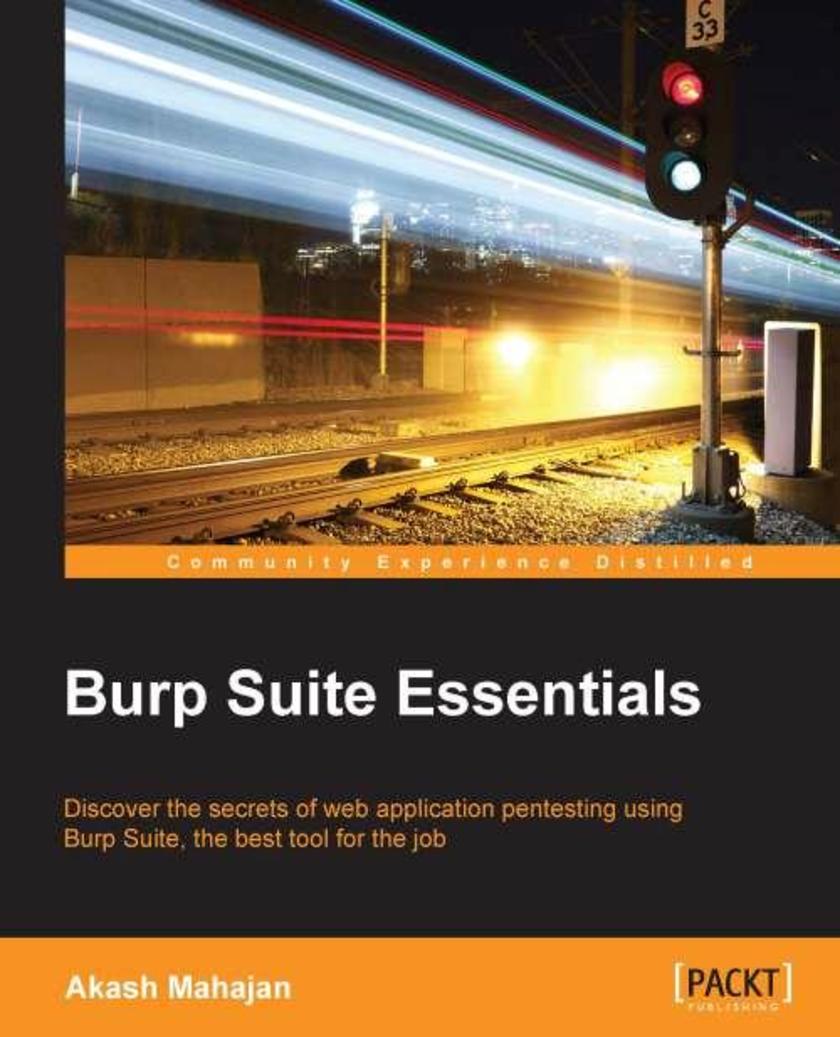
Burp Suite Essentials
¥54.49
If you are interested in learning how to test web applications and the web part of mobile applications using Burp, then this is the book for you. It is specifically designed to meet your needs if you have basic experience in using Burp and are now aiming to become a professional Burp user.
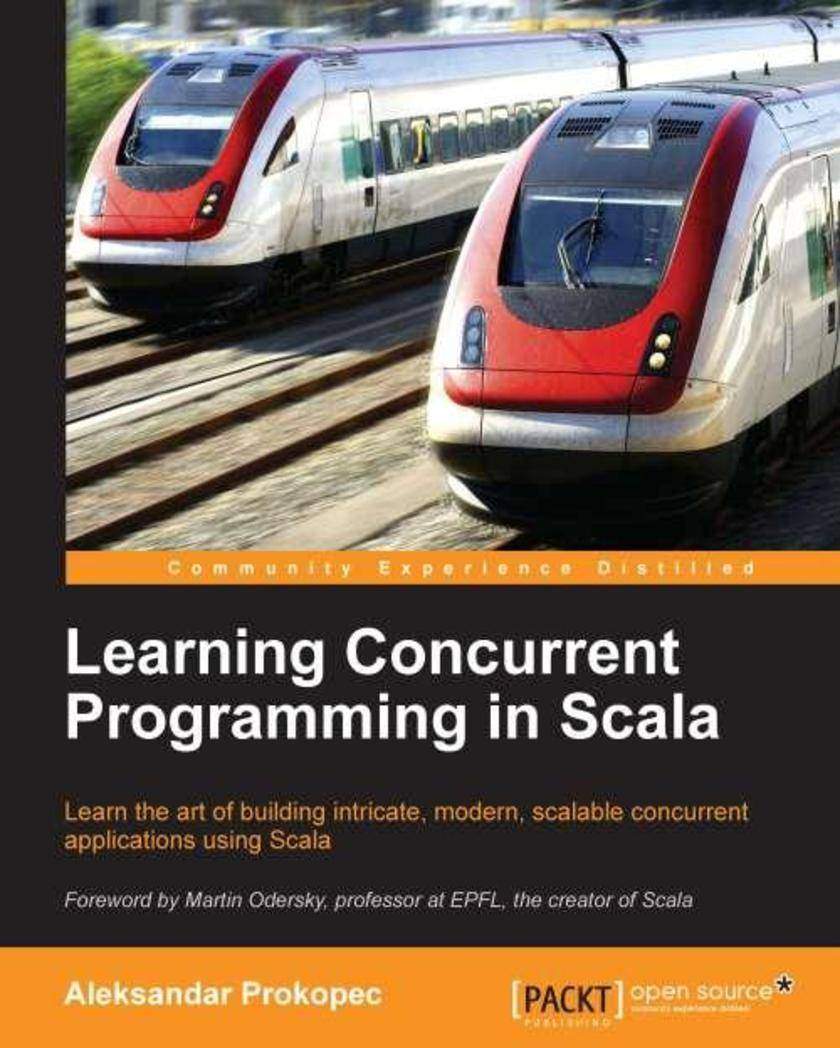
Learning Concurrent Programming in Scala
¥80.65
This book is a must-have tutorial for software developers aiming to write concurrent programs in Scala, or broaden their existing knowledge of concurrency. This book is intended for Scala programmers that have no prior knowledge about concurrent programming, as well as those seeking to broaden their existing knowledge about concurrency. Basic knowledge of the Scala programming language will be helpful. Readers with a solid knowledge in another programming language, such as Java, should find this book easily accessible.
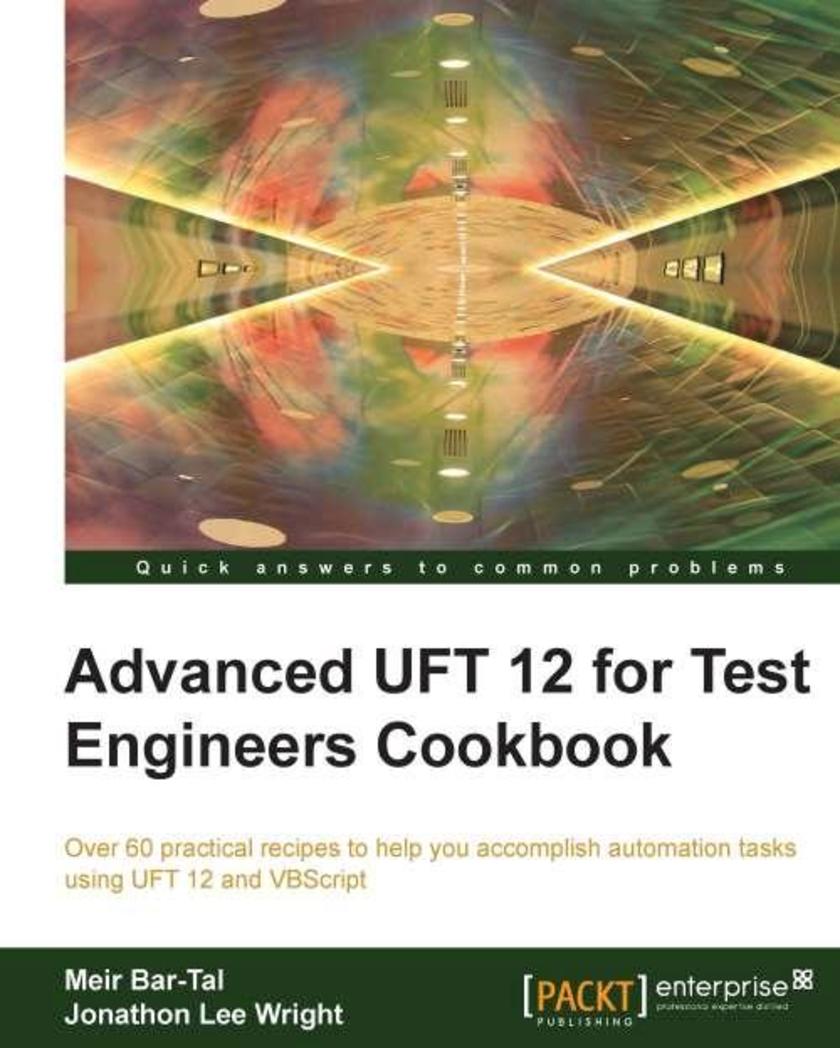
Advanced UFT 12 for Test Engineers Cookbook
¥80.65
This advanced cookbook is designed for software testers and engineers with previous automation experience and teaches UFT (QTP) developers advanced programming approaches. Knowledge of software testing and basic coding (with VBScript in particular) and familiarity with programming concepts are prerequisites.
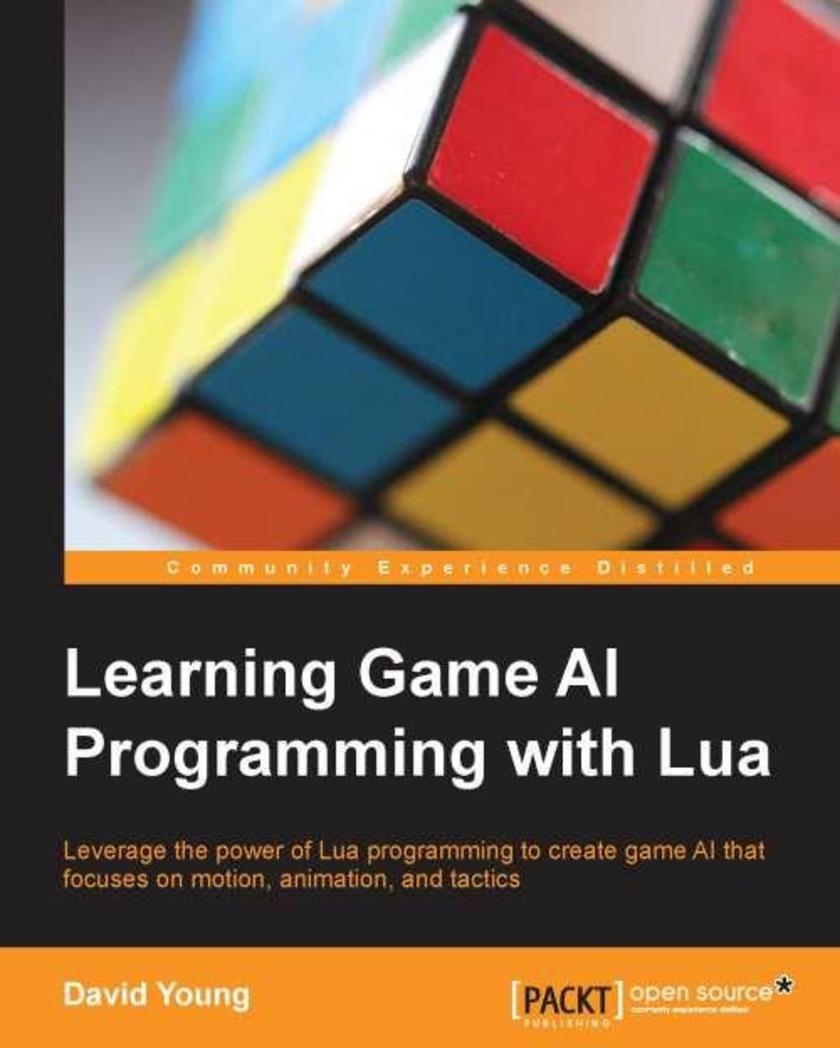
Learning Game AI Programming with Lua
¥80.65
If you are a game developer or a general programmer who wishes to focus on programming systems and techniques to build your game AI without creating low-level interfaces in a game engine, then this book is for you. Knowledge of C++ will come in handy to debug the entirety of the AI sandbox and expand on the features present within the book, but it is not required.
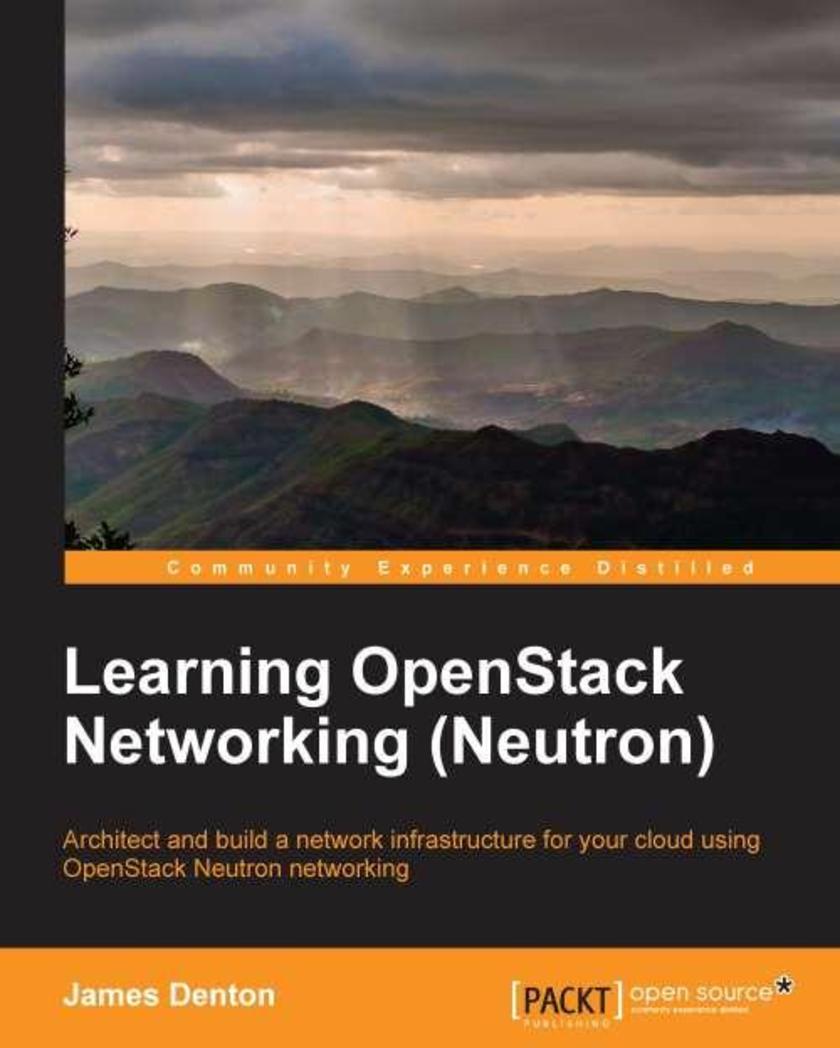
Learning OpenStack,Networking (Neutron)
¥80.65
If you are an OpenStack-based cloud operator with experience in OpenStack Compute and nova-network but are new to Neutron networking, then this book is for you. Some networking experience is recommended, and a physical network infrastructure is required to provide connectivity to instances and other network resources configured in the book.
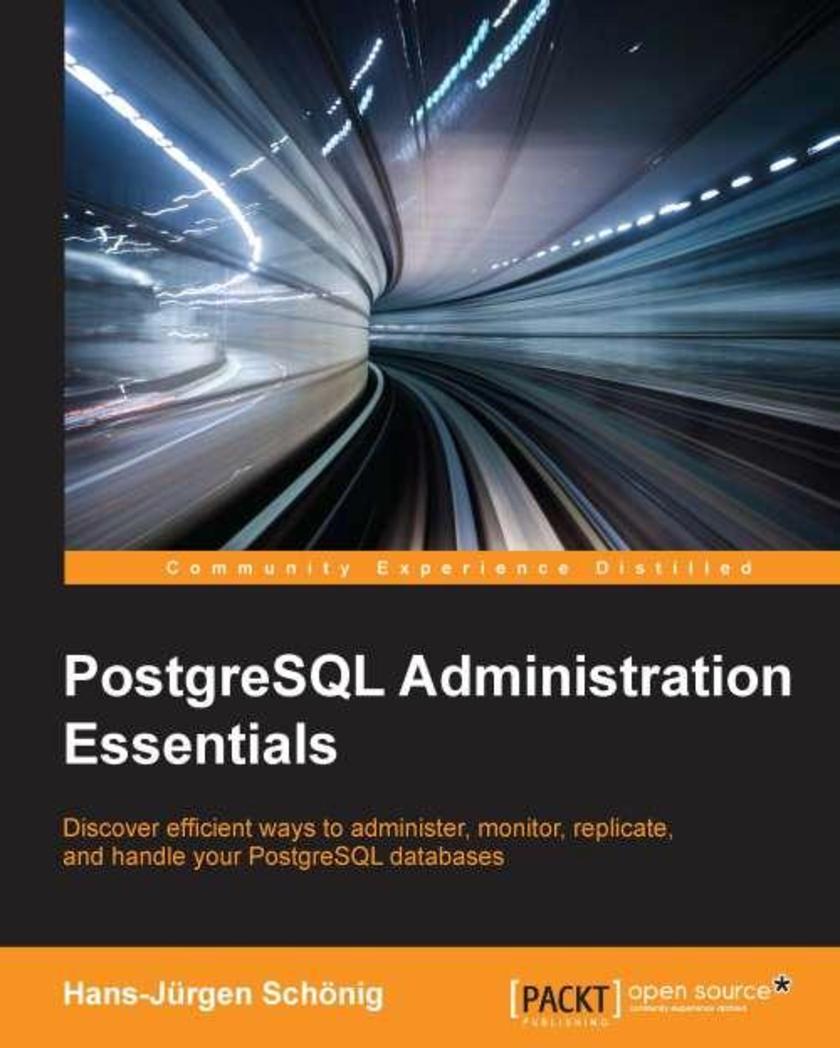
PostgreSQL Administration Essentials
¥50.13
If you are a database administrator who needs to get to grips with PostgreSQL quickly and efficiently, then this book is for you. This book will also be highly beneficial if you are a project leader or a developer who is interested in knowing more about database systems or bottleneck detection, as it will enable you to work more closely and cooperatively with your administrators.
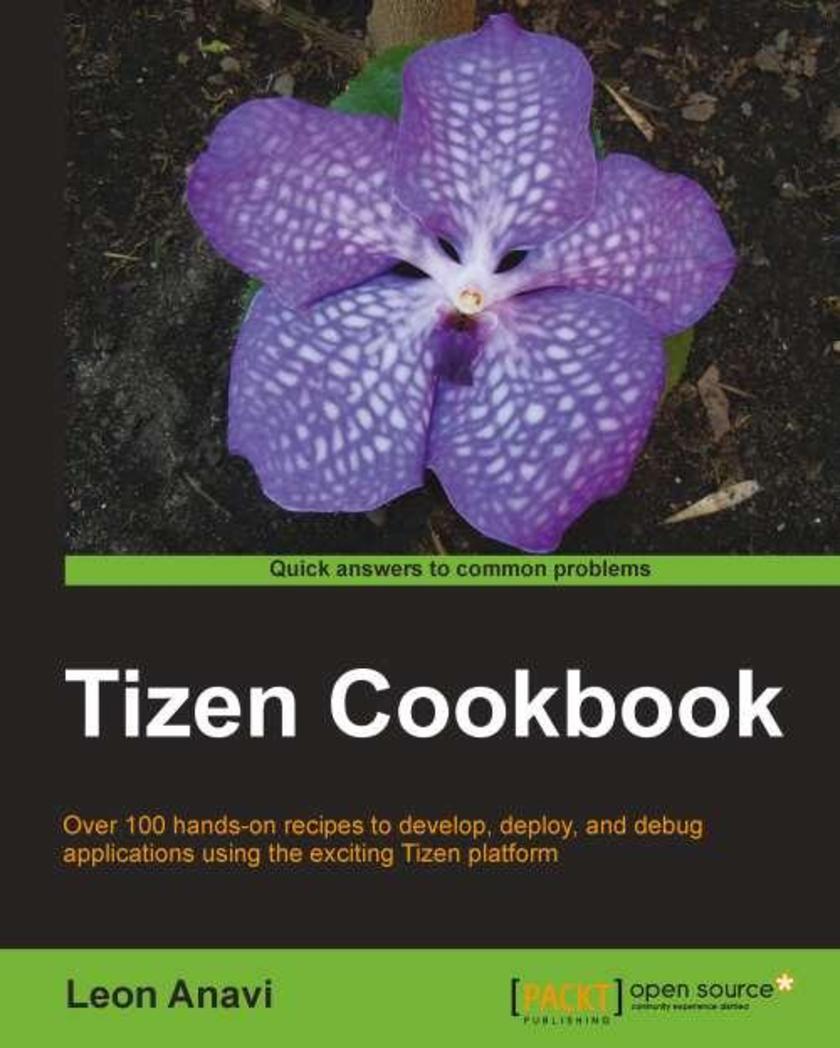
Tizen Cookbook
¥80.65
If you want to enter the fascinating world of Tizen and learn how to develop engaging and successful applications then this book is for you. It'll benefit novices and experienced application developers alike.
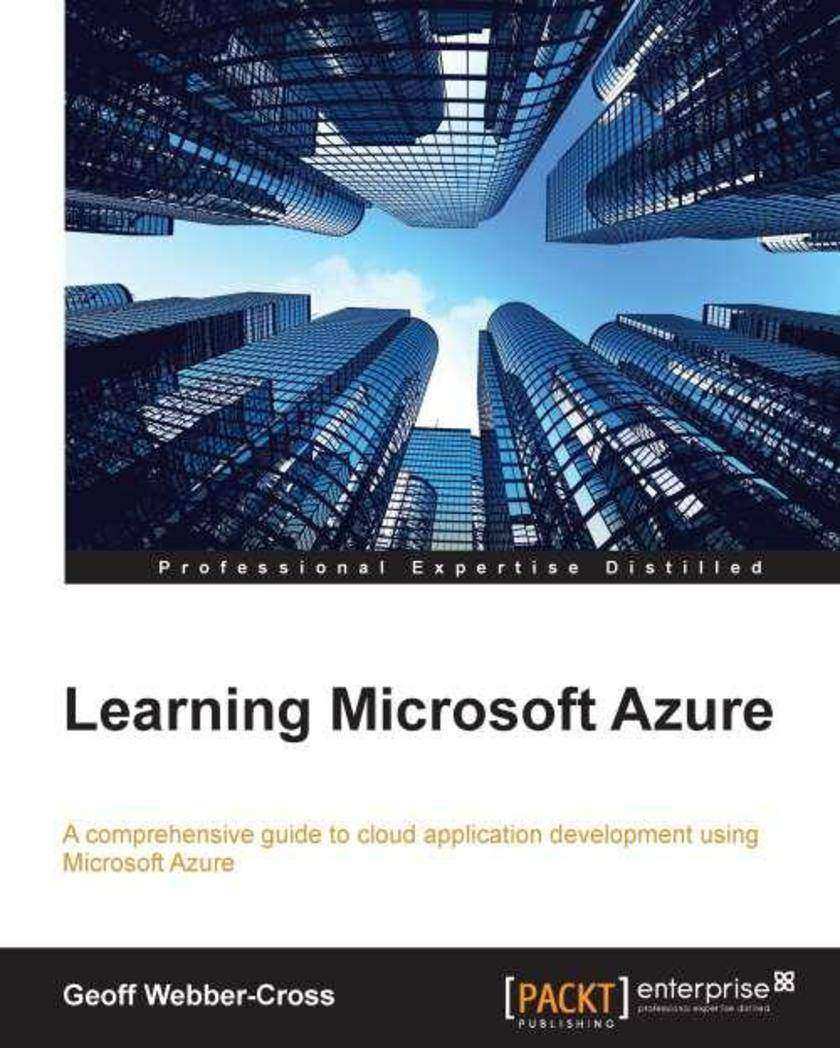
Learning Microsoft Azure
¥80.65
If you are a developer interested in building systems for Microsoft Azure, with an understanding of efficient cloud-based application development, then this is the book for you.
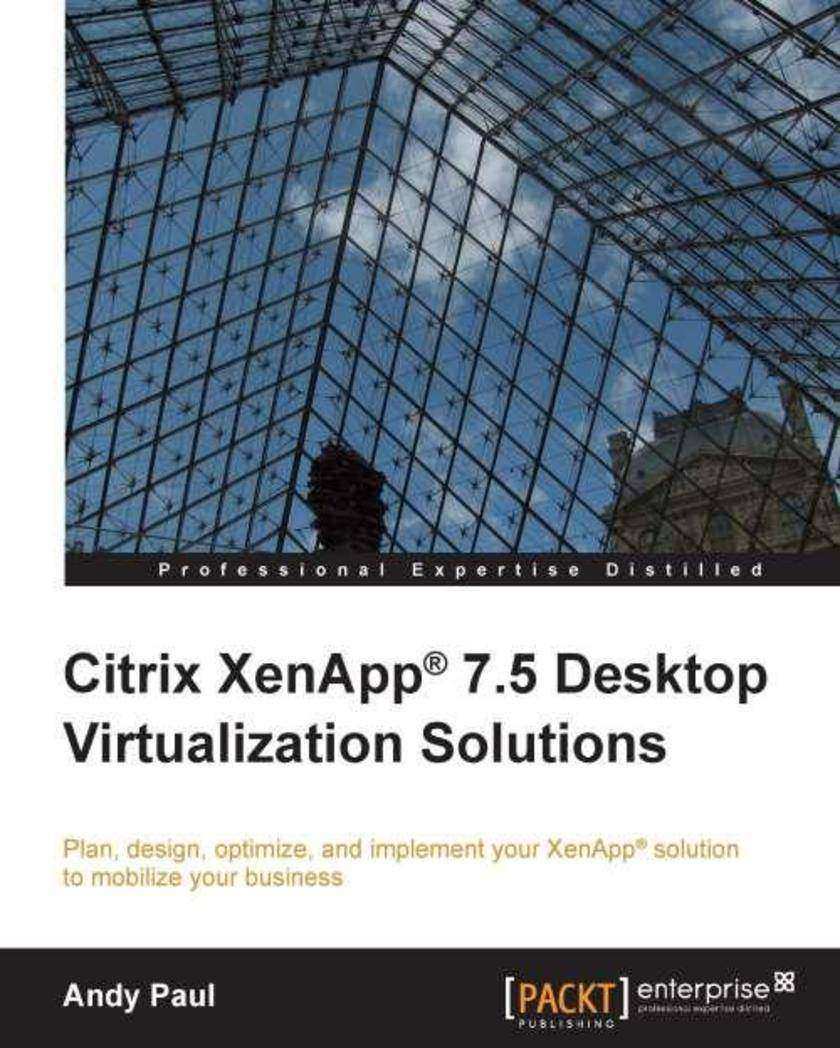
Citrix XenApp 7.5 Desktop Virtualization Solutions
¥90.46
If you are a Citrixengineer, a virtualization consultant, or an IT project manager with prior experience of using Citrix XenAppand related technologies for desktop virtualization and want to further explore the power of XenAppfor flawless desktop virtualization, then this book is for you.

Managing Virtual Infrastructure with Veeam? ONE?
¥54.49
This book is aimed at virtualization professionals who want to improve their skills in infrastructure monitoring and management. You need a good understanding of server virtualization and management of virtual environments.
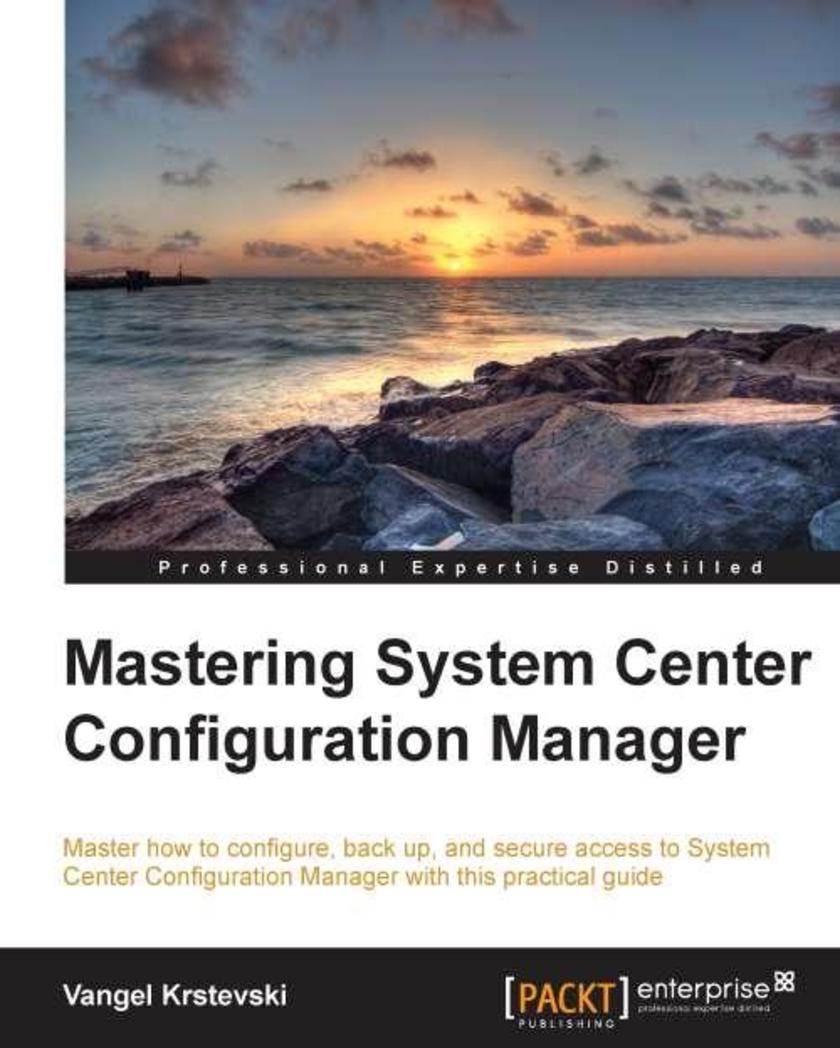
Mastering Microsoft system centre Configuration Manager
¥80.65
This book is perfect for IT administrators who are looking to enhance their skills on system and asset management. A fair understanding of the core elements and applications related to SCCM would be helpful.
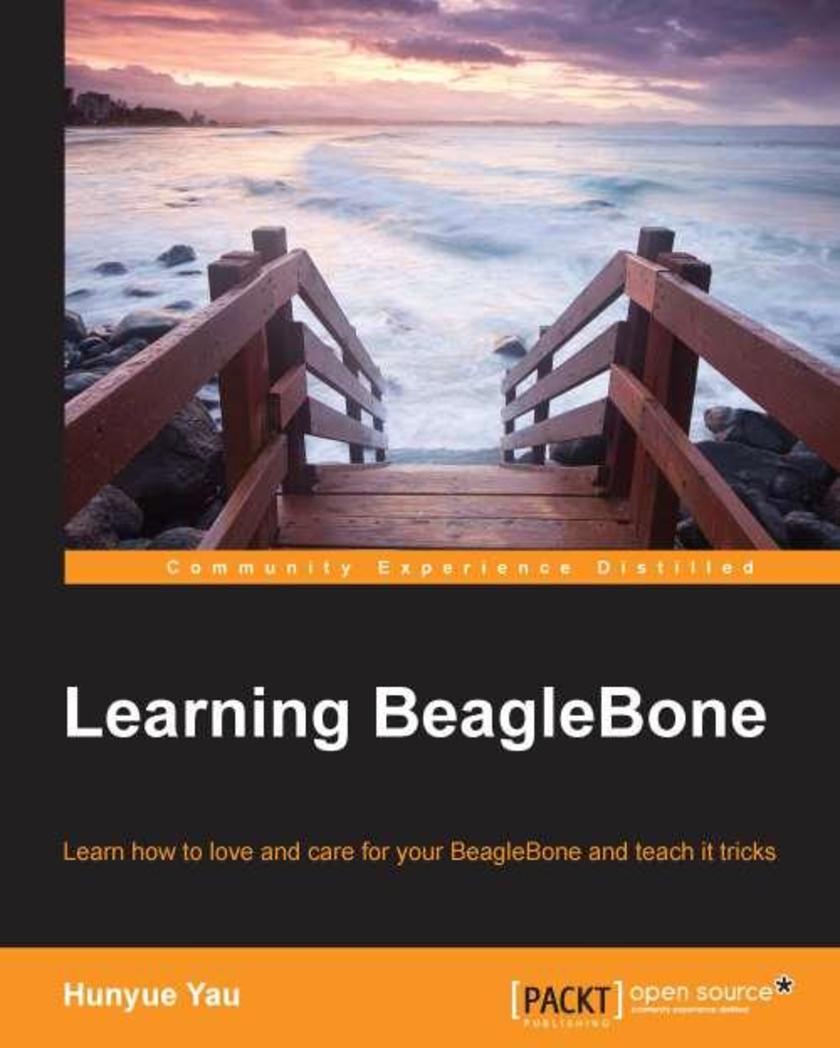
Learning BeagleBone
¥54.49
This book is for new BeagleBone owners who are looking to quickly get their microboard up and running. It would be helpful to have an understanding of embedded concepts or Linux but neither is essential.
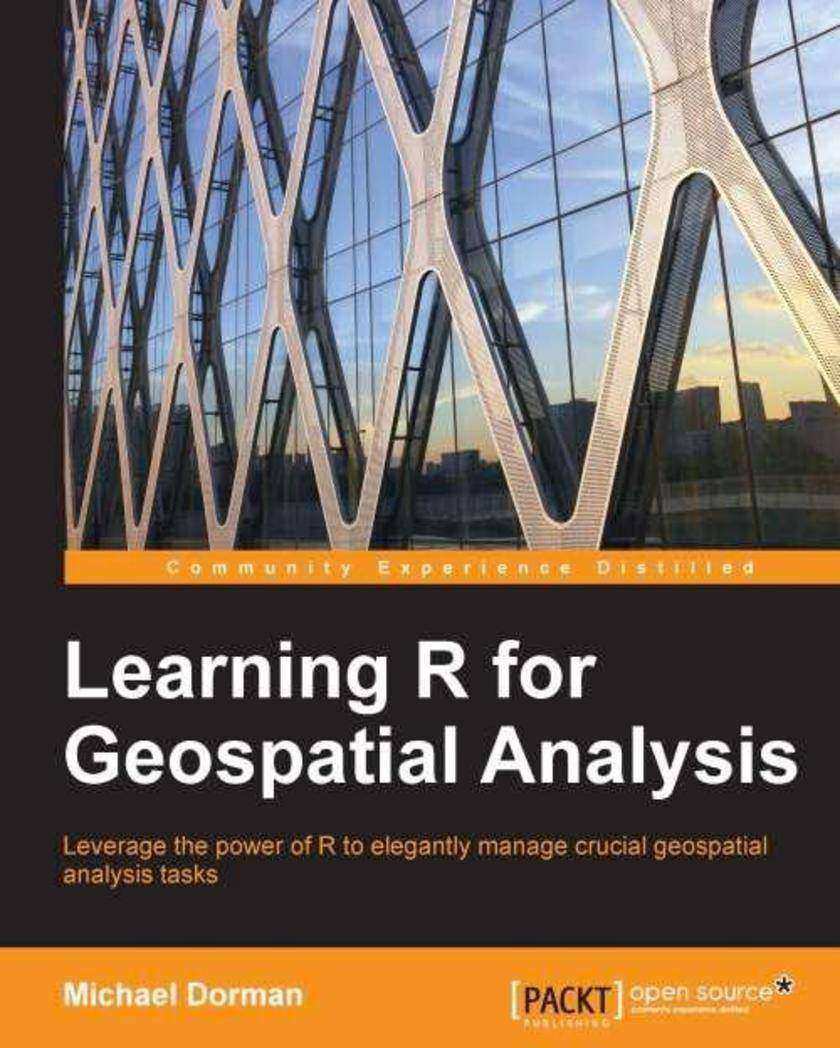
Learning R for Geospatial Analysis
¥90.46
This book is intended for anyone who wants to learn how to efficiently analyze geospatial data with R, including GIS analysts, researchers, educators, and students who work with spatial data and who are interested in expanding their capabilities through programming. The book assumes familiarity with the basic geographic information concepts (such as spatial coordinates), but no prior experience with R and/or programming is required. By focusing on R exclusively, you will not need to depend on any external software—a working installation of R is all that is necessary to begin.
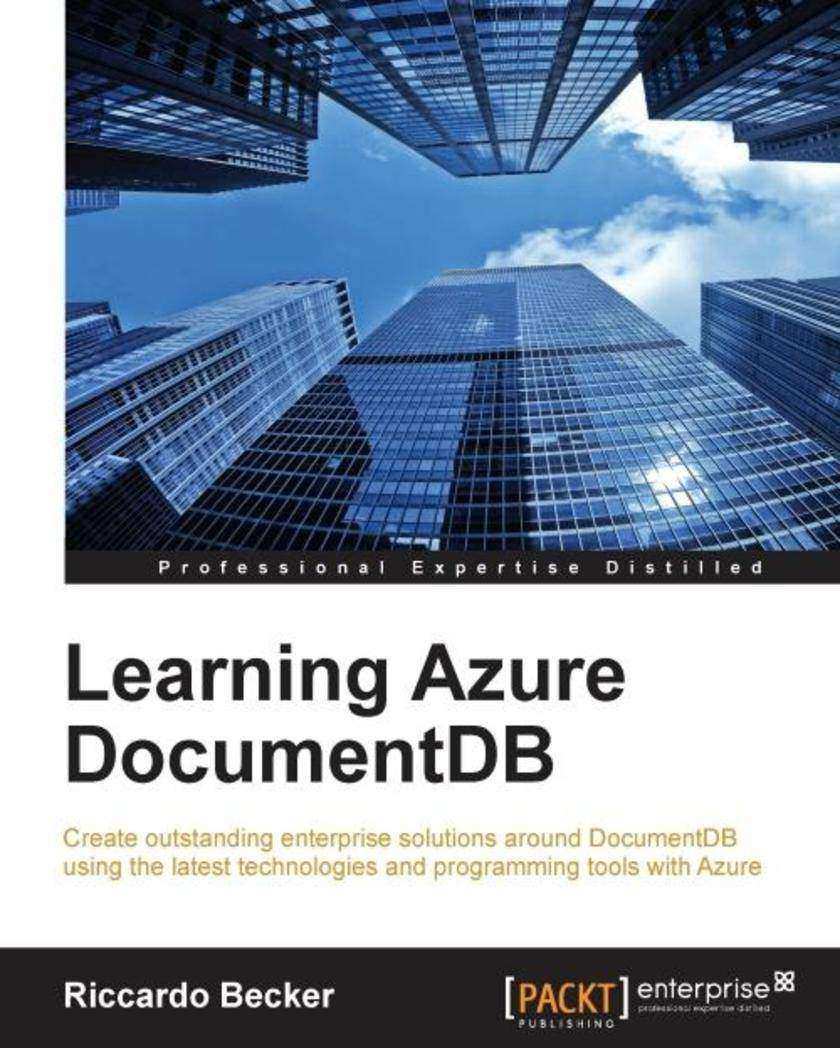
Learning Azure DocumentDB
¥63.21
Create outstanding enterprise solutions around DocumentDB using the latest technologies and programming tools with Azure About This Book Get to know the concepts of DocumentDB and learn to work your way around it Manipulate and query your documents using different modern technologies to access DocumentDB Build a real-life scenario using Microsoft Visual Studio and C# with this handy and practical guide Who This Book Is For This book is for novice developers and database architects who need a thorough knowledge of the features of DocumentDB and developing applications with it. Basic knowledge of SQL would be helpful. What You Will Learn Create, manage, and configure your DocumentDB environment Execute SQL queries from simple to complex and nested ones against your database Get to know about advanced DocumentDB techniques such as scopes, portioning, indexing, triggers, UDF’s, and security Fine-tune your DocumentDB database to optimize performance and costs Interact with DocumentDB from different technologies and platforms Build a real-life scenario using C# and put DocumentDB at the heart of Azure solutions Understand how to migrate from your current datastore to DocumentDB In Detail Learning DocumentDB adopts a practical, step-by-step approach to help you learn the basics of DocumentDB and use your new-found abilities in real-life scenarios and enterprise solutions. We start with the absolute basics, such as setting up a DocumentDB environment, and guide you through managing your databases, and executing simple and complex queries. Next, we explain how to work with DocumentDB using the open REST protocol, and demonstrate how JavaScript works with DocumentDB. We’ll also show you how to authenticate and execute queries. Moving on, you’ll find out how to use DocumentDB from within Node.js to kick-start your Node.js projects. Next, you’ll discover how to increase the performance of your DocumentDB database and fine-tune it. Finally, you’ll get to grips with using DocumentDB in conjunction with other services offered from the Microsoft Azure platform. Style and approach This book can be used as a tutorial where you learn step by step, but also as a knowledge base to quickly look up recipes you can instantly utilize. Starting with the basics and moving on to advanced topics, every concept is explained in theory and demonstrated through easy-to-understand examples.
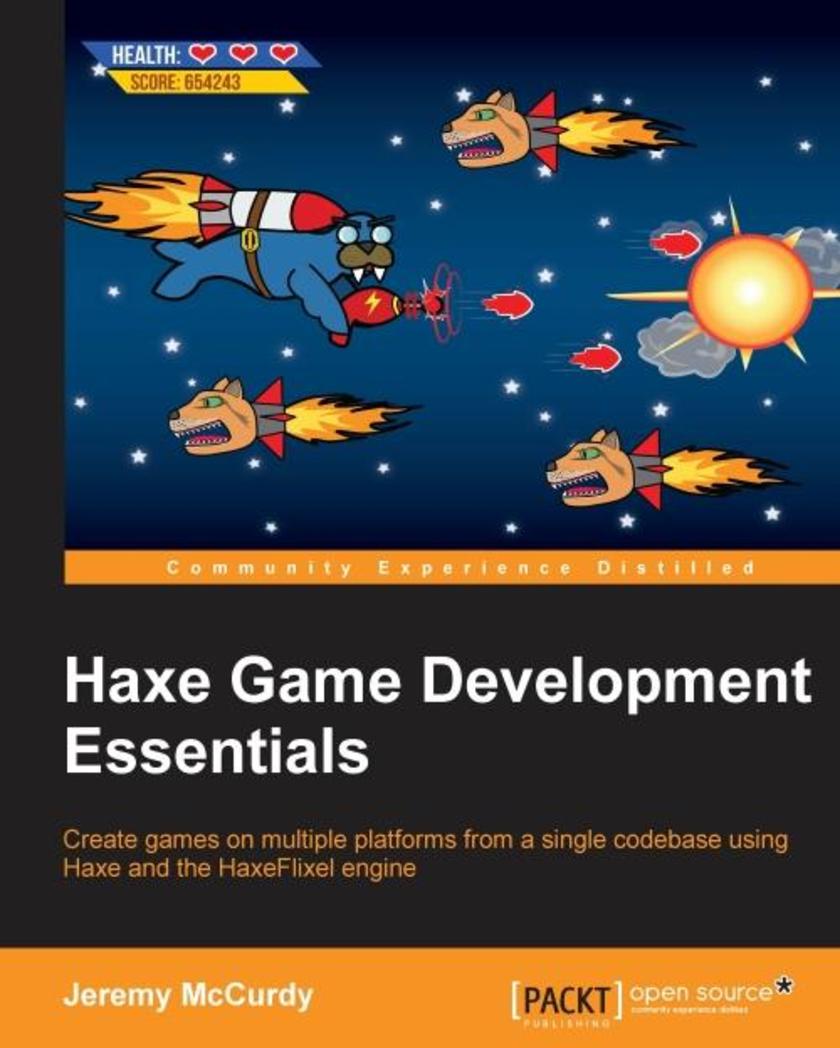
Haxe Game Development Essentials
¥54.49
Create games on multiple platforms from a single codebase using Haxe and the HaxeFlixel engine About This Book Learn the modern, cross-platform language Haxe to build games without any trouble Create engaging 2D games that are compatible with desktop, web, and mobile platforms Learn how to speed up your workflow with OpenFL and HaxeFlixel using this useful and compact guide Who This Book Is For This book is for game developers with some experience programming games on one or more platforms already. If you want to leverage your game development experience on one platform to develop for multiple platforms and to get up and running quickly, this book is for you. Having prior experience with a language similar to Haxe, such as ActionScript or JavaScript will help, but isn't required. What You Will Learn Understand the fundamentals of the Haxe programming language Set up a development environment that will work on Windows, Mac, and Linux Create fun 2D games using OpenFL and HaxeFlixel Understand how to implement a user interface Enhance the gameplay experience with cool animations Improve immersion by adding sound Make your game modular and easily expandable using configuration files Compile games that will work on desktop, web, and mobile platforms In Detail Haxe is a powerful and high-level multi-platform language that's incredibly easy to learn. Used by thousands of developers and many high-profile companies, Haxe is quickly emerging as a forerunner in the area of cross-platform programming. OpenFL builds on top of Haxe to make developing for multiple platforms quick and painless. HaxeFlixel provides you with the tools you need to build amazing 2D games easier than ever before. Cross-platform development has been supercharged using the Haxe programming language, making it increasingly easy and hassle-free to develop multi-platform games. If you've programmed games before and want to learn out how to deliver games across multiple platforms, or develop games faster, then Haxe Game Development Essentials is the book for you. It starts by showing you how to set up your development environment, then running you through some Haxe language fundamentals, and finally taking you through the process of programming a game from start to finish. You will learn how to create a side scrolling shooter game using HaxeFlixel. Next you will learn to enhance the game with new gameplay features, user interfaces, animations, sound, and configuration files to make your game expandable. Once your game is built and ready, you will learn how to deploy it to web, Android, iOS, and desktop systems. By the end of this book, you will be confident about creating multi-platform games using Haxe, OpenFL, and HaxeFlixel in a faster and easier way. Style and approach Since this book is aimed at people who have worked on games before, this book is written in a way that will get you quickly up to speed with a new set of tools, but will still be accessible for less experienced developers. Each chapter covers an essential milestone in building a game from start to finish. The chapters move in a logical fashion, starting with the basics of Haxe development and ending with preparing a game for deployment.
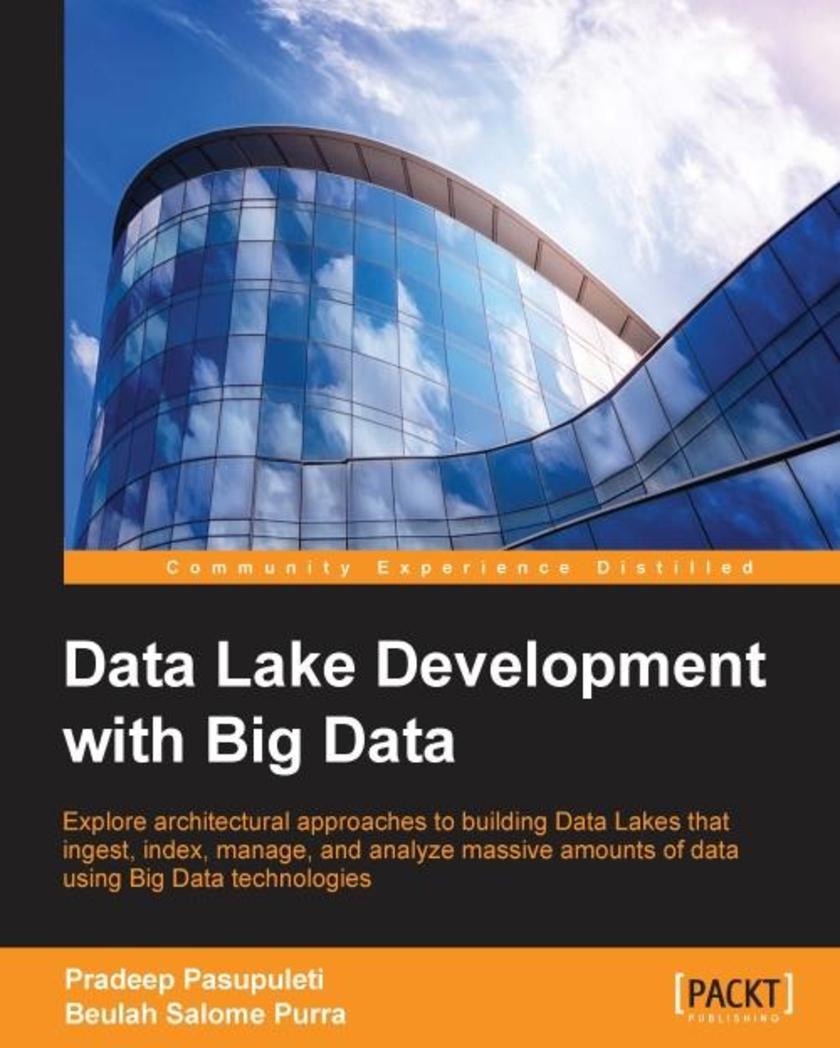
Data Lake Development with Big Data
¥63.21
Explore architectural approaches to building Data Lakes that ingest, index, manage, and analyze massive amounts of data using Big Data technologies About This Book Comprehend the intricacies of architecting a Data Lake and build a data strategy around your current data architecture Efficiently manage vast amounts of data and deliver it to multiple applications and systems with a high degree of performance and scalability Packed with industry best practices and use-case scenarios to get you up-and-running Who This Book Is For This book is for architects and senior managers who are responsible for building a strategy around their current data architecture, helping them identify the need for a Data Lake implementation in an enterprise context. The reader will need a good knowledge of master data management, information lifecycle management, data governance, data product design, data engineering, and systems architecture. Also required is experience of Big Data technologies such as Hadoop, Spark, Splunk, and Storm. What You Will Learn Identify the need for a Data Lake in your enterprise context and learn to architect a Data Lake Learn to build various tiers of a Data Lake, such as data intake, management, consumption, and governance, with a focus on practical implementation scenarios Find out the key considerations to be taken into account while building each tier of the Data Lake Understand Hadoop-oriented data transfer mechanism to ingest data in batch, micro-batch, and real-time modes Explore various data integration needs and learn how to perform data enrichment and data transformations using Big Data technologies Enable data discovery on the Data Lake to allow users to discover the data Discover how data is packaged and provisioned for consumption Comprehend the importance of including data governance disciplines while building a Data Lake In Detail A Data Lake is a highly scalable platform for storing huge volumes of multistructured data from disparate sources with centralized data management services. It eliminates the need for up-front modeling and rigid data structures by allowing schema-less writes. Data Lakes make it possible to ask complex far-reaching questions to find out hidden data patterns and relationships. This book explores the potential of Data Lakes and explores architectural approaches to building data lakes that ingest, index, manage, and analyze massive amounts of data using batch and real-time processing frameworks. It guides you on how to go about building a Data Lake that is managed by Hadoop and accessed as required by other Big Data applications such as Spark, Storm, Hive, and so on, to create an environment in which data from different sources can be meaningfully brought together and analyzed. Data Lakes can be viewed as having three capabilities—intake, management, and consumption. This book will take readers through each of these processes of developing a Data Lake and guide them (using best practices) in developing these capabilities. It will also explore often ignored, yet crucial considerations while building Data Lakes, with the focus on how to architect data governance, security, data quality, data lineage tracking, metadata management, and semantic data tagging. By the end of this book, you will have a good understanding of building a Data Lake for Big Data. You will be able to utilize Data Lakes for efficient and easy data processing and analytics. Style and approach Data Lake Development with Big Data provides architectural approaches to building a Data Lake. It follows a use case-based approach where practical implementation scenarios of each key component are explained. It also helps you understand how these use cases are implemented in a Data Lake. The chapters are organized in a way that mimics the sequential data flow evidenced in a Data Lake.
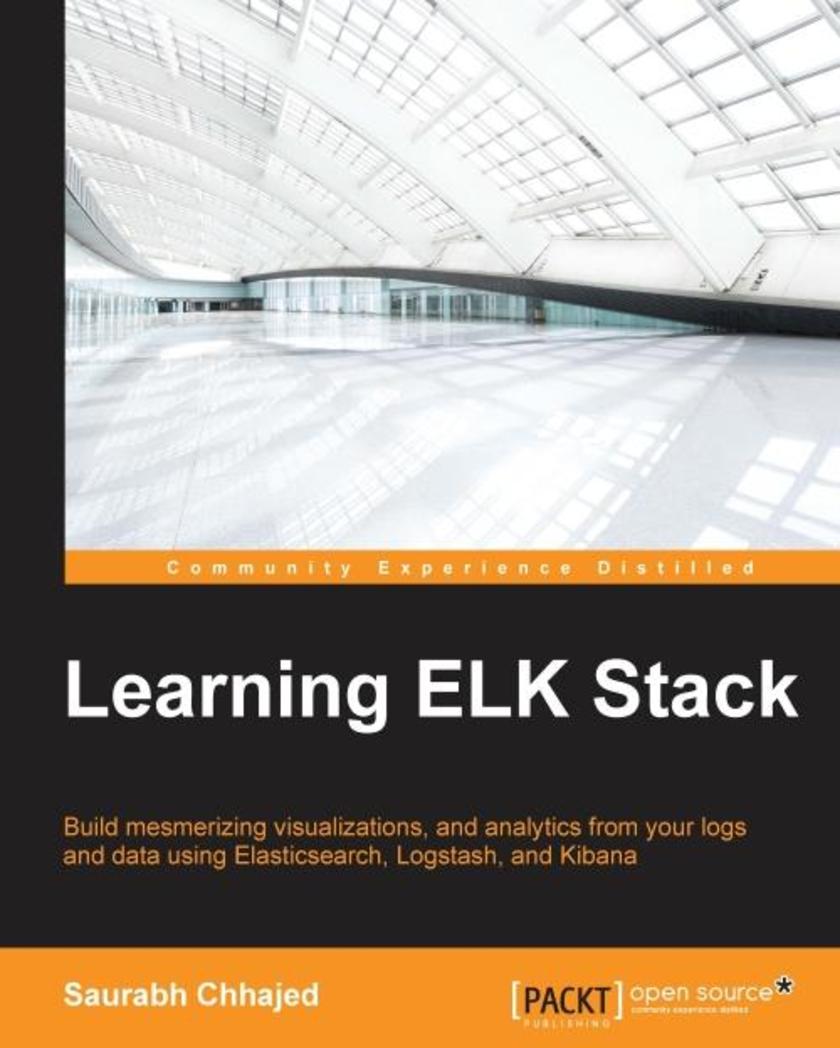
Learning ELK Stack
¥80.65
Build mesmerizing visualizations, analytics, and logs from your data using Elasticsearch, Logstash, and Kibana About This Book Solve all your data analytics problems with the ELK stack Explore the power of Kibana4 search and visualizations built over Elasticsearch queries and learn about the features and plugins of Logstash Develop a complete data pipeline using the ELK stack Who This Book Is For If you are a developer or DevOps engineer interested in building a system that provides amazing insights and business metrics out of data sources, of various formats and types, using the open source technology stack that ELK provides, then this book is for you. Basic knowledge of Unix or any programming language will be helpful to make the most out of this book. What You Will Learn Install, configure, and run Elasticsearch, Logstash, and Kibana Understand the need for log analytics and the current challenges in log analysis Build your own data pipeline using the ELK stack Familiarize yourself with the key features of Logstash and the variety of input, filter, and output plugins it provides Build your own custom Logstash plugin Create actionable insights using charts, histograms, and quick search features in Kibana4 Understand the role of Elasticsearch in the ELK stack In Detail The ELK stack—Elasticsearch, Logstash, and Kibana, is a powerful combination of open source tools. Elasticsearch is for deep search and data analytics. Logstash is for centralized logging, log enrichment, and parsing. Kibana is for powerful and beautiful data visualizations. In short, the Elasticsearch ELK stack makes searching and analyzing data easier than ever before. This book will introduce you to the ELK (Elasticsearch, Logstash, and Kibana) stack, starting by showing you how to set up the stack by installing the tools, and basic configuration. You’ll move on to building a basic data pipeline using the ELK stack. Next, you’ll explore the key features of Logstash and its role in the ELK stack, including creating Logstash plugins, which will enable you to use your own customized plugins. The importance of Elasticsearch and Kibana in the ELK stack is also covered, along with various types of advanced data analysis, and a variety of charts, tables ,and maps. Finally, by the end of the book you will be able to develop full-fledged data pipeline using the ELK stack and have a solid understanding of the role of each of the components. Style and approach This book is a step-by-step guide, complete with various examples to solve your data analytics problems by using the ELK stack to explore and visualize data.
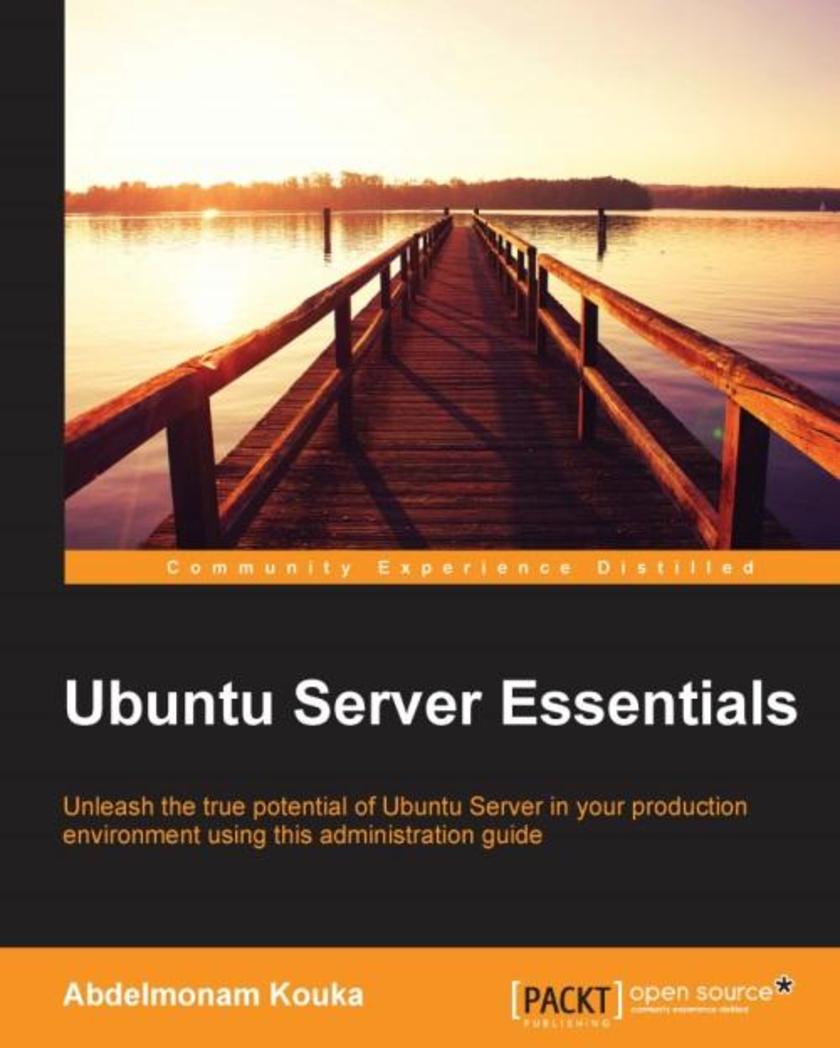
Ubuntu Server Essentials
¥54.49
Unleash the true potential of Ubuntu Server in your production environment using this administration guide About This Book Learn how to deploy and configure Ubuntu servers and work with cloud and hyper-visors Optimize network traffic to broadcast and multicast the traffic flow in OpenStack clouds Discover the essentials of the latest version of Ubuntu, which are good in both looks and performance, using this fast-paced guide Who This Book Is For This book is for system administrators who are familiar with the fundamentals of the Linux operating system and are looking for a fast-paced guide on Ubuntu, and those who are familiar with the older versions of Ubuntu and want to get up to scratch. Basic knowledge of Linux administration is assumed. What You Will Learn Install and set up Ubuntu Server in the shortest possible time, manually as well as in an automated way, for a single server or hundreds of servers Discover the fundamentals of the Ubuntu command-line interface Configure and administer Ubuntu Server using networking and CLI Deploy servers on Ubuntu in the simplest and fastest ways Enhance security within Ubuntu Server using tools such as firewalls, IDS, and IPS and procedures such as restore, rescue, and recovery Work with virtualization, clouds, and one of the best in open source cloud computing —OpenStack Optimize CLI for grep and exec commands and gain some best tips and tricks for Ubuntu Server administration In Detail Ubuntu is a Debian-based Linux operating system built on top of the Debian architecture. It is used to make operating systems for multiple platforms, including phones, desktops, TVs and mobiles. It has made some serious progress in the realms of efficiency and user friendliness. With evolving technology trends, demands on software have changed, with more and more skilled users. Over the past few years, services such as Facebook, Twitter, and push notifications on smartphones mean that users are used to being up to date with everything that happens all the time. With SignalR, the applications stay connected and will generate notifications when something happens either from the system or by other users. This provides new opportunities for the system administrators, to enter this new and exciting world of real-time application development. This is a concise and a cost-friendly guide, packed with up-to-date essentials on Ubuntu Server fundamentals. It will guide you through deploying and configuring Ubuntu servers in your office environments. You’ll start by installing Ubuntu Server, then move to the most useful aspect —the command-line interface inside it. You’ll extend your knowledge by learning how to administrate and configure Ubuntu Server. You will also see how to deploy services on Ubuntu Server and find out how to secure it. You’ll get to grips with the virtualization and cloud computing facilities provided by Ubuntu, and finally, you’ll gain some very useful tips. Style and approach This concise and easy-to-follow guide follows a step-by-step approach to help you master Ubuntu server, no matter what your level of expertise it. Each topic is explained sequentially with both essential information and whenever needed, in-depth references.
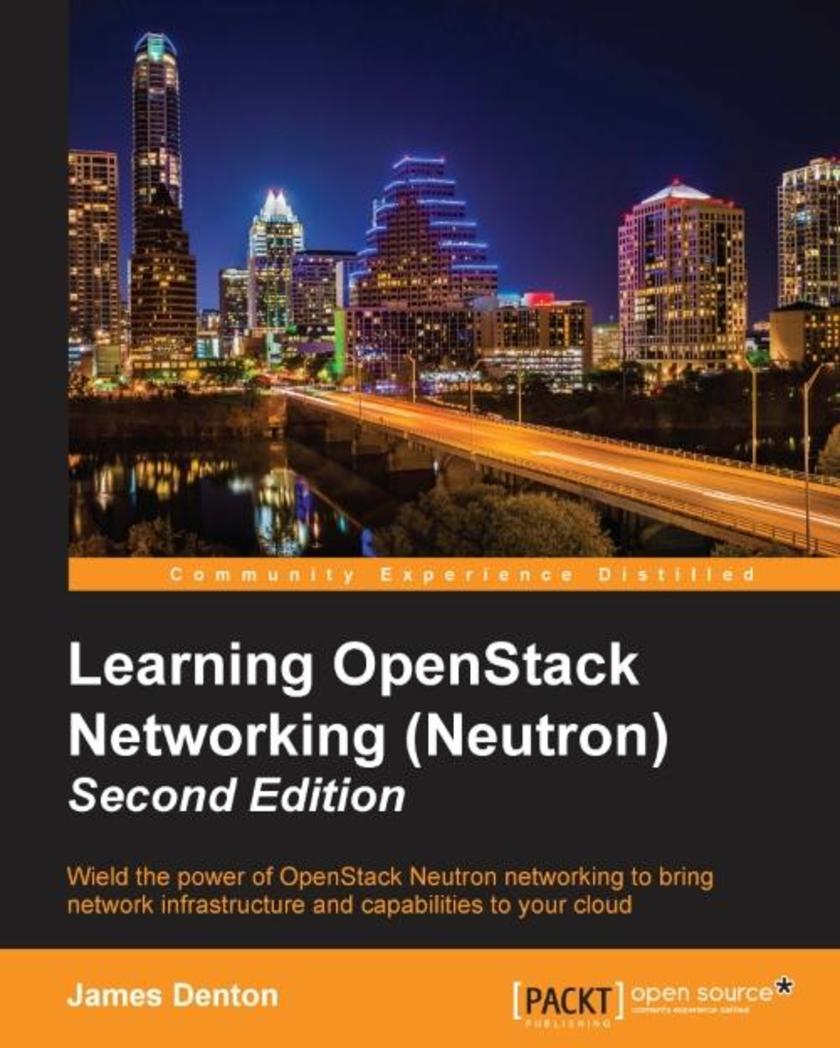
Learning OpenStack Networking (Neutron) - Second Edition
¥90.46
Wield the power of OpenStack Neutron networking to bring network infrastructure and capabilities to your cloud About This Book This completely up-to-date edition will show you how to deploy a cloud on OpenStack using community-driven processes. It includes rich examples that will help you understand complex networking topics with ease Understand every aspect of designing, creating, customizing, and maintaining the core network foundation of an OpenStack cloud using OpenStack Neutron all in one book Written by best-selling author James Denton, who has more than 15 years of experience in system administration and networking. James has experience of deploying, operating, and maintaining OpenStack clouds and has worked with top enterprises and organizations Who This Book Is For If you are an OpenStack-based cloud operator and administrator who is new to Neutron networking and wants to build your very own OpenStack cloud, then this book is for you. Prior networking experience and a physical server and network infrastructure is recommended to follow along with concepts demonstrated in the book. What You Will Learn Architect and install the latest release of OpenStack on Ubuntu Linux 14.04 LTS Review the components of OpenStack networking, including plugins, agents, and services, and learn how they work together to coordinate network operations Build a virtual switching infrastructure using reference architectures based on ML2 + Open vSwitch or ML2 + LinuxBridge Create networks, subnets, and routers that connect virtual machine instances to the network Deploy highly available routers using DVR or VRRP-based methods Scale your application with haproxy and Load Balancing as-a-Service Implement port and router-level security using Security Groups and Firewall as-a-Service Provide connectivity to tenant networks with Virtual Private Networking as-a-Service (VPNaaS) Find out how to manage OpenStack networking resources using CLI and GUI-driven methods In Detail OpenStack Neutron is an OpenStack component that provides networking as a service for other OpenStack services to architect networks and create virtual machines through its API. This API lets you define network connectivity in order to leverage network capabilities to cloud deployments. Through this practical book, you will build a strong foundational knowledge of Neutron, and will architect and build an OpenStack cloud using advanced networking features. We start with an introduction to OpenStack Neutron and its various components, including virtual switching, routing, FWaaS, VPNaaS, and LBaaS. You’ll also get hands-on by installing OpenStack and Neutron and its components, and use agents and plugins to orchestrate network connectivity and build a virtual switching infrastructure. Moving on, you’ll get to grips with the HA routing capabilities utilizing VRRP and distributed virtual routers in Neutron. You’ll also discover load balancing fundamentals, including the difference between nodes, pools, pool members, and virtual IPs. You’ll discover the purpose of security groups and learn how to apply the security concept to your cloud/tenant/instance. Finally, you'll configure virtual private networks that will allow you to avoid the use of SNAT and floating IPs when connecting to remote networks. Style and approach This easy-to-follow guide on networking in OpenStack follows a step-by-step process to installing OpenStack and configuring the base networking components. Each major networking component has a dedicated chapter that will build on your experience gained from prior chapters.




 购物车
购物车 个人中心
个人中心



